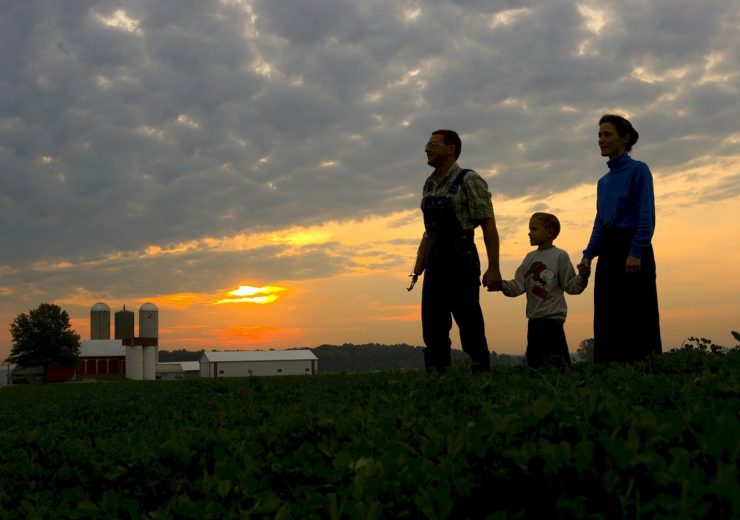Divorce is tough for any family but when there is a business at stake, it becomes even more complicated

Families still play a big role in UK farming
Despite the growth of corporate agriculture in recent decades, farming families continue to have a key role in Britain’s food production. But what happens when a couple at the head of the business split up? Victor Collins, partner and solicitor at East Midlands law firm Nelsons, explains how complex such a divorce can be.
The breakdown of a marriage in any family is an upsetting and emotional experience for those involved.
However, the ramifications and financial upheaval can be considerable and far reaching where a divorce affects a family farm.
There are few other occupations where home and work are so interrelated – the farm is not just a home and business, but a way of life.
A farm can involve close family involvement and vested interests and can often be a capital rich, but income light, asset.
Why is a divorce in farming families complicated?
A farm may have been in the family for a number of generations, resulting in parents and siblings inheriting and sharing the agricultural business.
This complex ownership means in the event of a divorce, resolving the family farm as a matrimonial asset can be a very difficult process involving special consideration.

How does a court decide who gets what during a divorce in farming families?
Where a couple divorces, all assets are taken into account regardless of where they came from.
Since the case of White v White 2001, the law has leaned towards fairness when dividing the matrimonial assets and courts will only depart from equality where there is good reason to do so.
However, an equal division of assets and wealth accumulated during a marriage is not always achievable for farmers.
This is because of the need to preserve assets that were inherited or owned long before the marriage.
White v White happened to be a case where the parties ran a farm in a farming partnership.
Prior to this case, financial cases tended to be settled based upon a “reasonable needs” basis.
This meant that in farming cases, it was a lot easier to protect pre-matrimonial assets such as the farm from being sold to fund a divorce settlement.
However, White v White established the principle of fairness.
The court ruled that the “yardstick of equality’ should be applied so the contribution of both parties to the marriage, and its length, should be taken into account.

This means the financially weaker party should not be disadvantaged and discriminated against when making a divorce settlement.
When a divorce takes place in these circumstances, it is first necessary to ascertain the make-up of the farming business.
This includes legal ownership of the land, family trusts and tenancies. The next stage is to value the farm.
In this respect, a specialist valuer is required. It is essential to ensure all aspects of the farm are valued, including land, buildings, farm machinery, livestock and subsidies.
Finally, it is time to divide the farm and the other matrimonial assets.”
How is the farm and other matrimonial assets divided in a divorce?
Barron J, in her judgement in the Y v Y 2012 case, gave seven factors as a useful guideline and checklist in farming cases relevant to the principle of sharing:
- The nature of the assets (e.g. land/property, art, antiques, jewellery on the one hand, and cash or realisable securities on the other)
- Whether the inherited assets have been preserved in specie or converted in to different assets, realised or even spent
- How long they have been ‘in the family’
- The established or accepted intentions of both the previous holders of the assets and the spouse who has inherited them
- Whether they have been ‘mingled’ (for example by being put into joint names of the spouses, or by being mixed with assets generated during the marriage)
- The length of the marriage and therefore the period over which they have been ‘enjoyed’ by the other spouse
- Whether the other spouse has directly contributed to the improvement or preservation of the inherited wealth.
Protecting your assets during a divorce in farming families
A common mistake and misconception made by farmers and land owners is that a farming asset or business is “ring-fenced” and therefore excluded from any divorce settlement. This is not the case.
The principle of equality established in White v White means that all assets, including the farm, must be taken into account when determining a divorce settlement based upon the requirement of fairness.
However, a trial judge does have the discretion to depart from this basic principle if it becomes clear an equal division of assets is not fair.
This is particularly the case if such a division is likely to damage the farm and business irrevocably.
For these reasons, farming cases can present a number of complex and unique challenges which require an experienced family solicitor specialising in farming cases for their resolution.
